10 Low-Light Plants That Will Thrive in Your Apartment
Discover plants that don't need much sunlight but still look amazing.
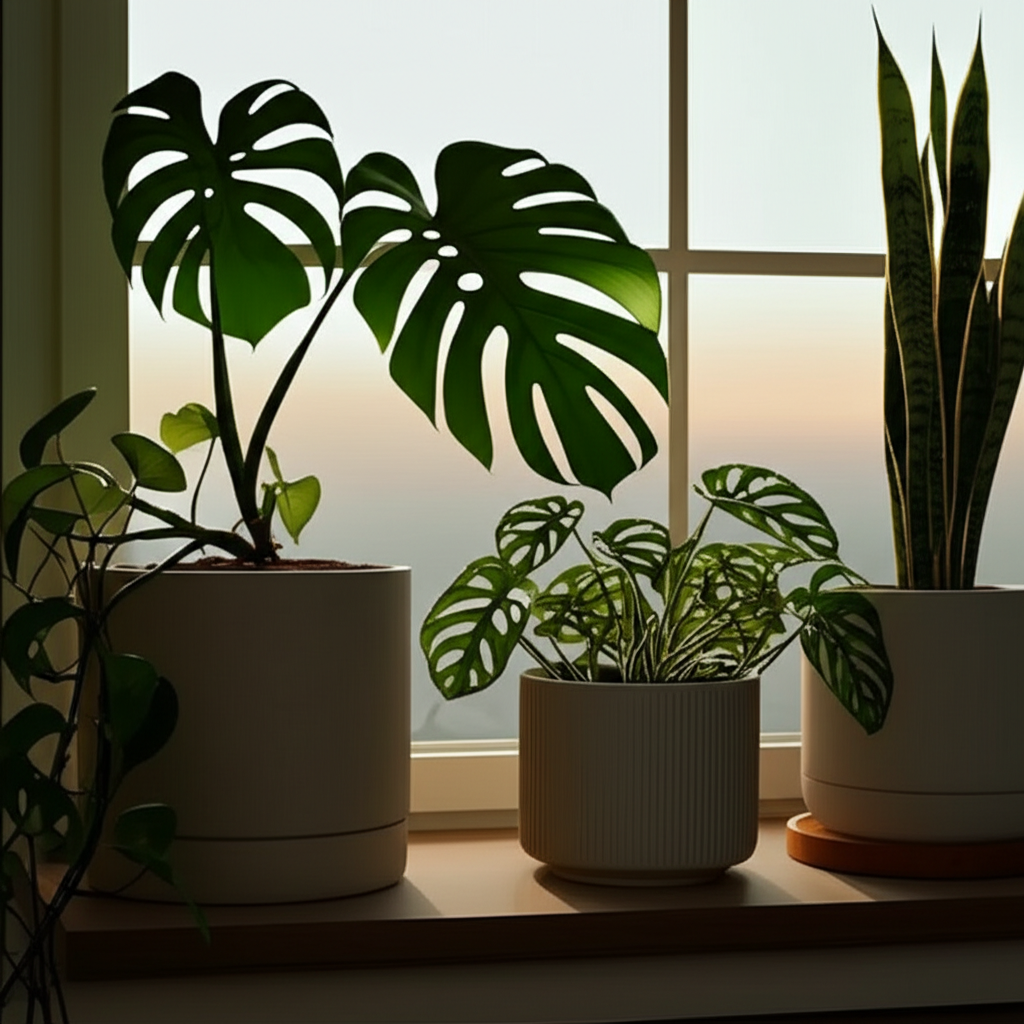
Not everyone is blessed with a sun-drenched apartment. Whether you're dealing with north-facing windows, tall buildings blocking your light, or just a naturally dim space, you might think your plant parenting dreams are doomed. But fear not! There are plenty of gorgeous houseplants that not only tolerate low light conditions but actually thrive in them.
What Exactly is "Low Light"?
Before we dive into our plant recommendations, let's clarify what we mean by "low light." In plant terms, low light doesn't mean no light—all plants need some light for photosynthesis. Low light typically means:
- North-facing windows
- Several feet away from east or west-facing windows
- Spaces with filtered light (through curtains or neighboring buildings)
- Areas that receive bright, indirect light for only a few hours per day
If you can comfortably read a book without turning on a lamp during daylight hours, your space probably has enough light for low-light plants.
Our Top 10 Low-Light Champions
1. Snake Plant (Sansevieria)
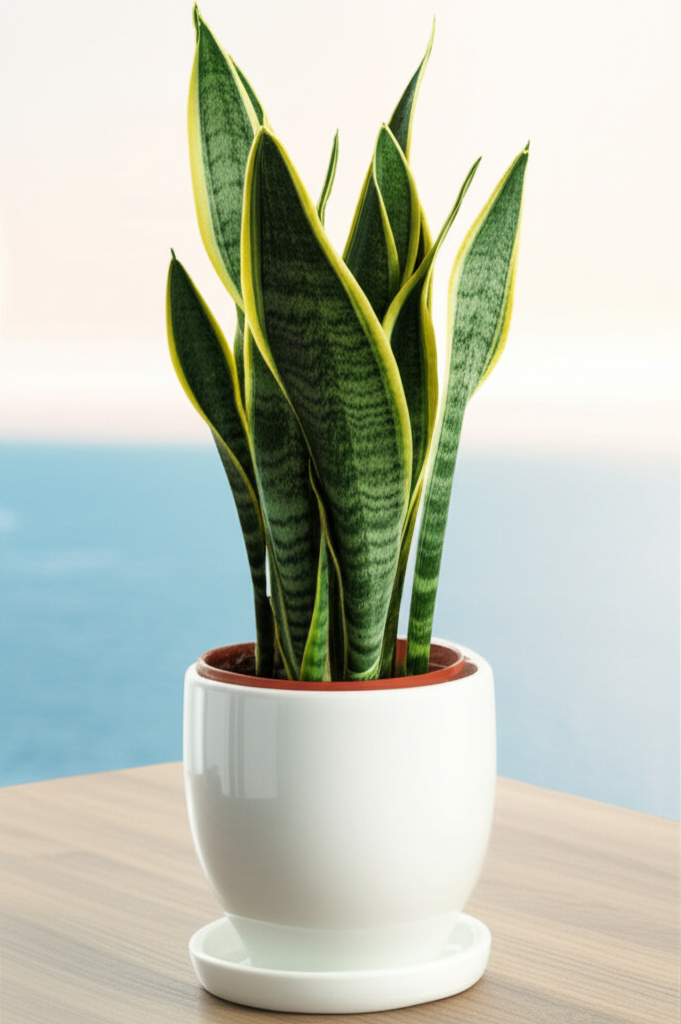
The snake plant is practically indestructible. With its striking upright leaves and architectural form, it's both stylish and incredibly forgiving. Snake plants can tolerate very low light conditions and infrequent watering, making them perfect for beginners or forgetful plant parents.
Care tip: Allow the soil to dry completely between waterings. In low light, this might mean watering only once every 3-4 weeks.
2. ZZ Plant (Zamioculcas zamiifolia)

With its glossy, dark green leaves, the ZZ plant brings a touch of sophistication to any space. It's extremely drought-tolerant thanks to its rhizomatous roots that store water, and it can handle low light conditions like a champ.
Care tip: ZZ plants are prone to overwatering, so err on the side of underwatering. The stems should feel firm, not soft or mushy.
3. Pothos (Epipremnum aureum)
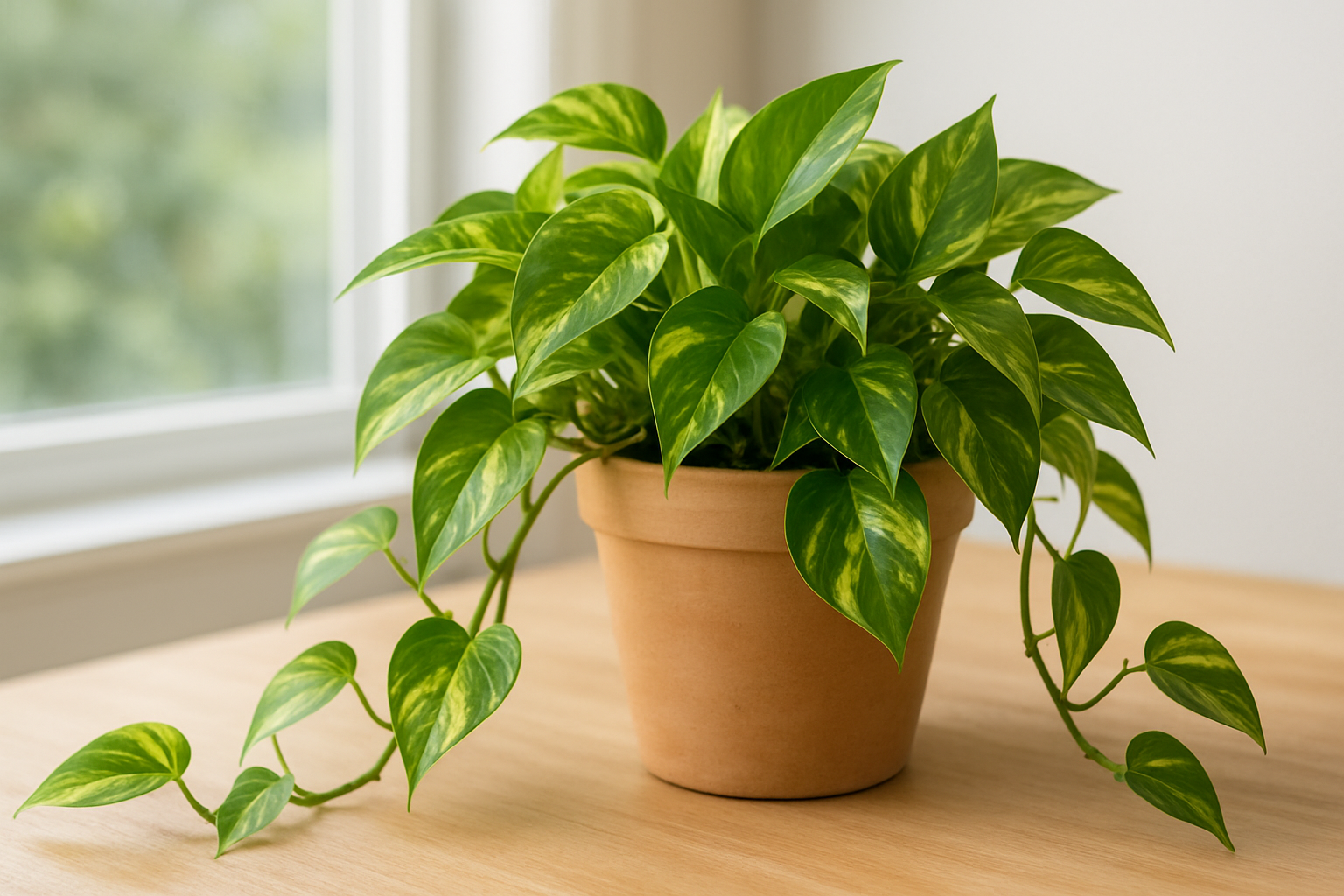
This trailing vine is available in several varieties, including golden, marble queen, and neon. Pothos is incredibly adaptable and will grow in almost any indoor condition. In low light, the variegated varieties may lose some of their color, but they'll still thrive.
Care tip: Let the top inch of soil dry out between waterings. Pothos will tell you when it needs water—its leaves will start to droop slightly.
4. Chinese Evergreen (Aglaonema)
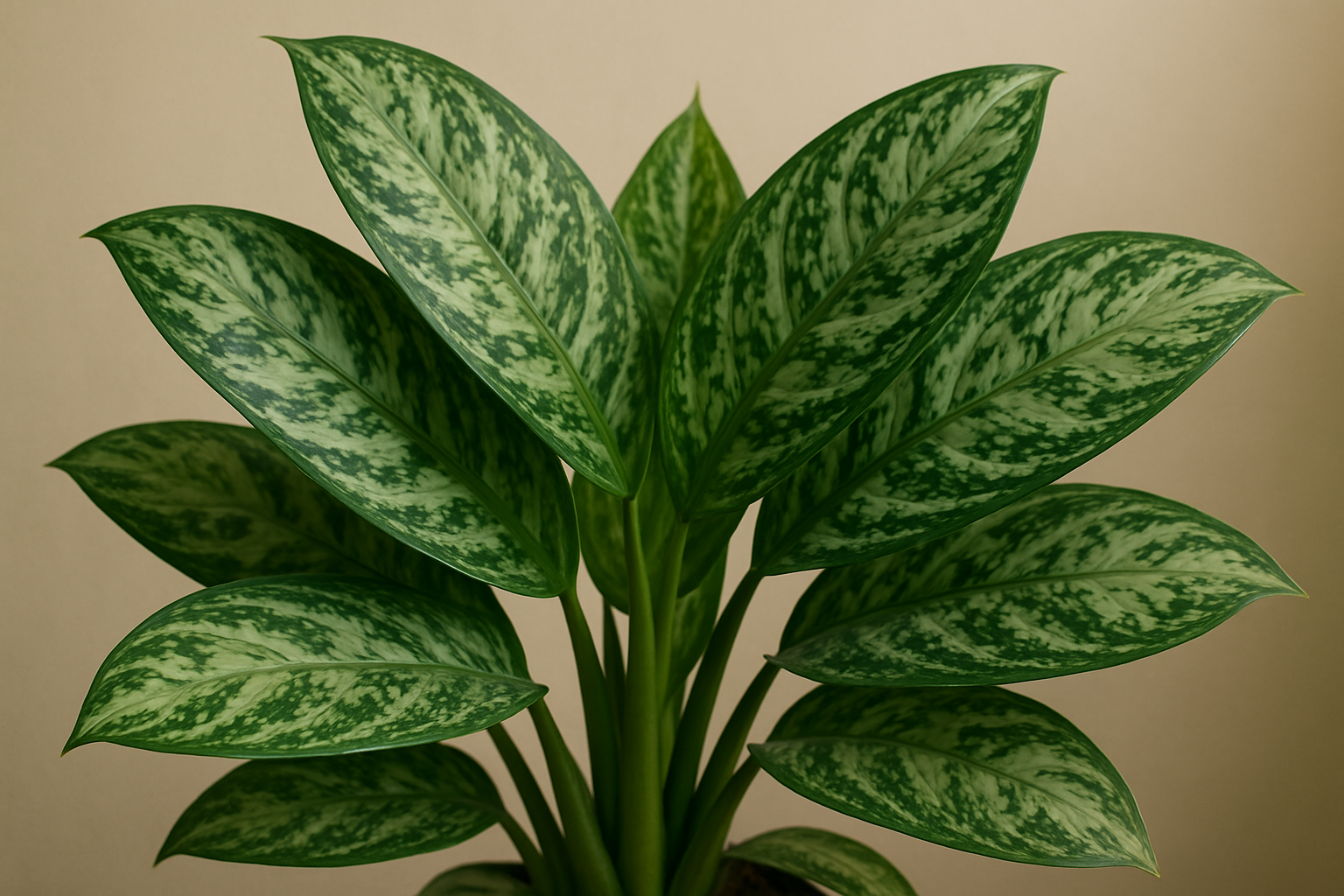
With its beautifully patterned leaves, the Chinese evergreen adds a decorative touch to dim corners. The darker green varieties are especially well-suited to low light conditions.
Care tip: Keep the soil consistently moist but not soggy, and mist occasionally to increase humidity.
5. Peace Lily (Spathiphyllum)
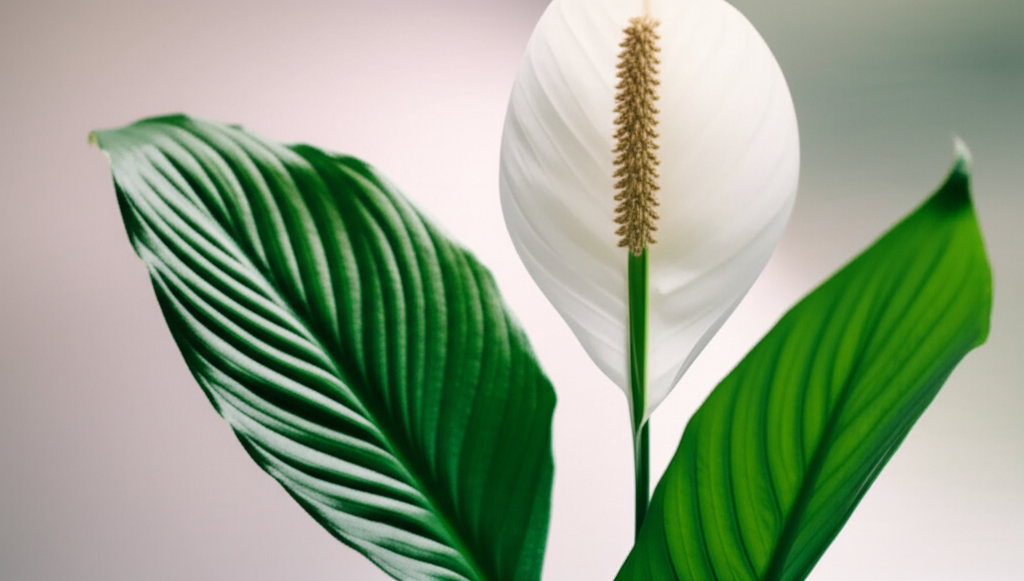
One of the few flowering plants that does well in low light, the peace lily produces elegant white spathes that brighten up any room. It's also excellent at purifying indoor air.
Care tip: Peace lilies are dramatic—they'll visibly wilt when thirsty, but perk back up quickly after watering. This makes them great for beginners who are still learning to read plant needs.
6. Cast Iron Plant (Aspidistra elatior)
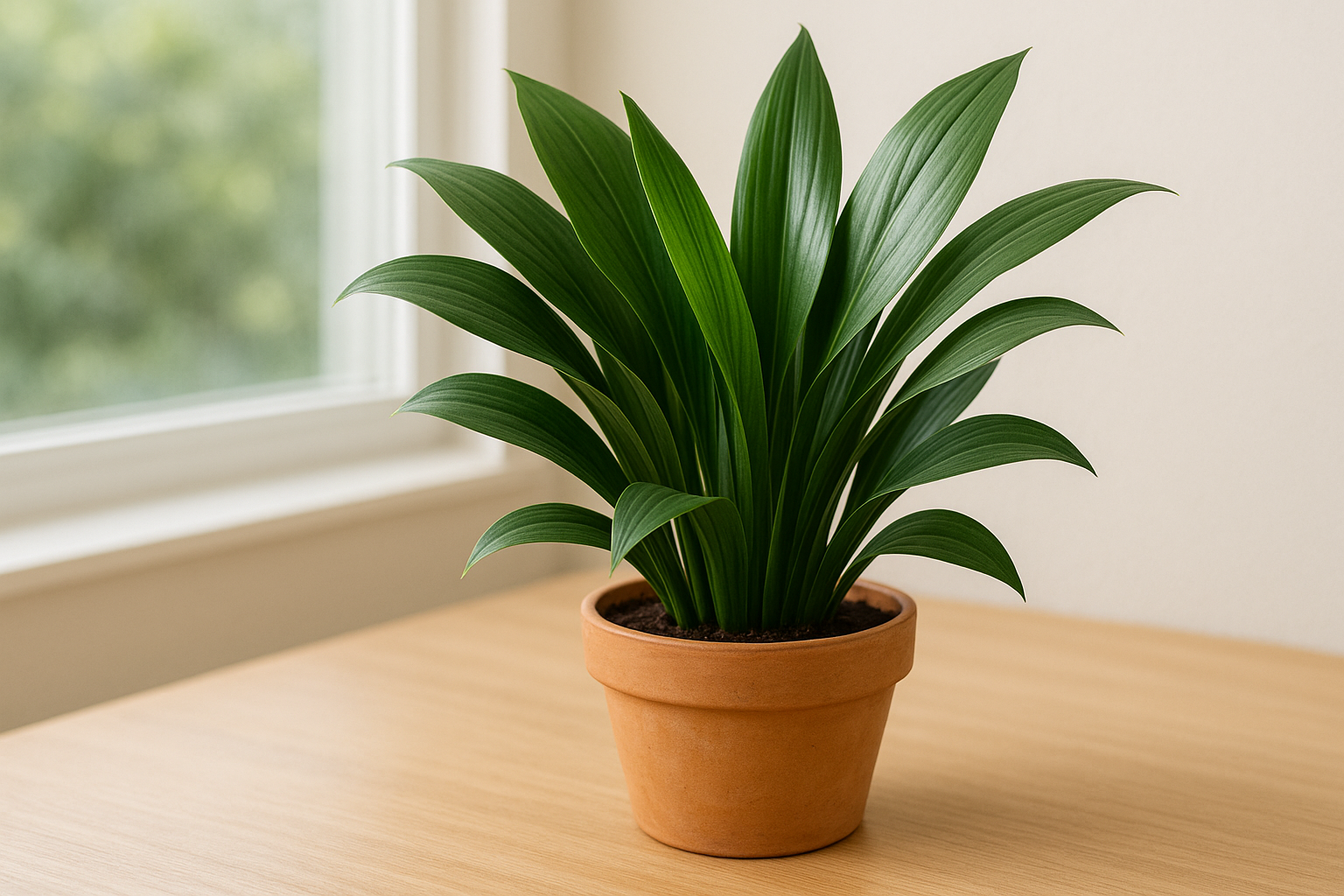
True to its name, this plant is tough as nails. With broad, leathery leaves that grow directly from the soil, the cast iron plant has a classic, unfussy appearance that works well with any decor style.
Care tip: This slow-growing plant needs very little attention. Water when the top two inches of soil are dry, and dust the leaves occasionally to keep them looking their best.
7. Philodendron
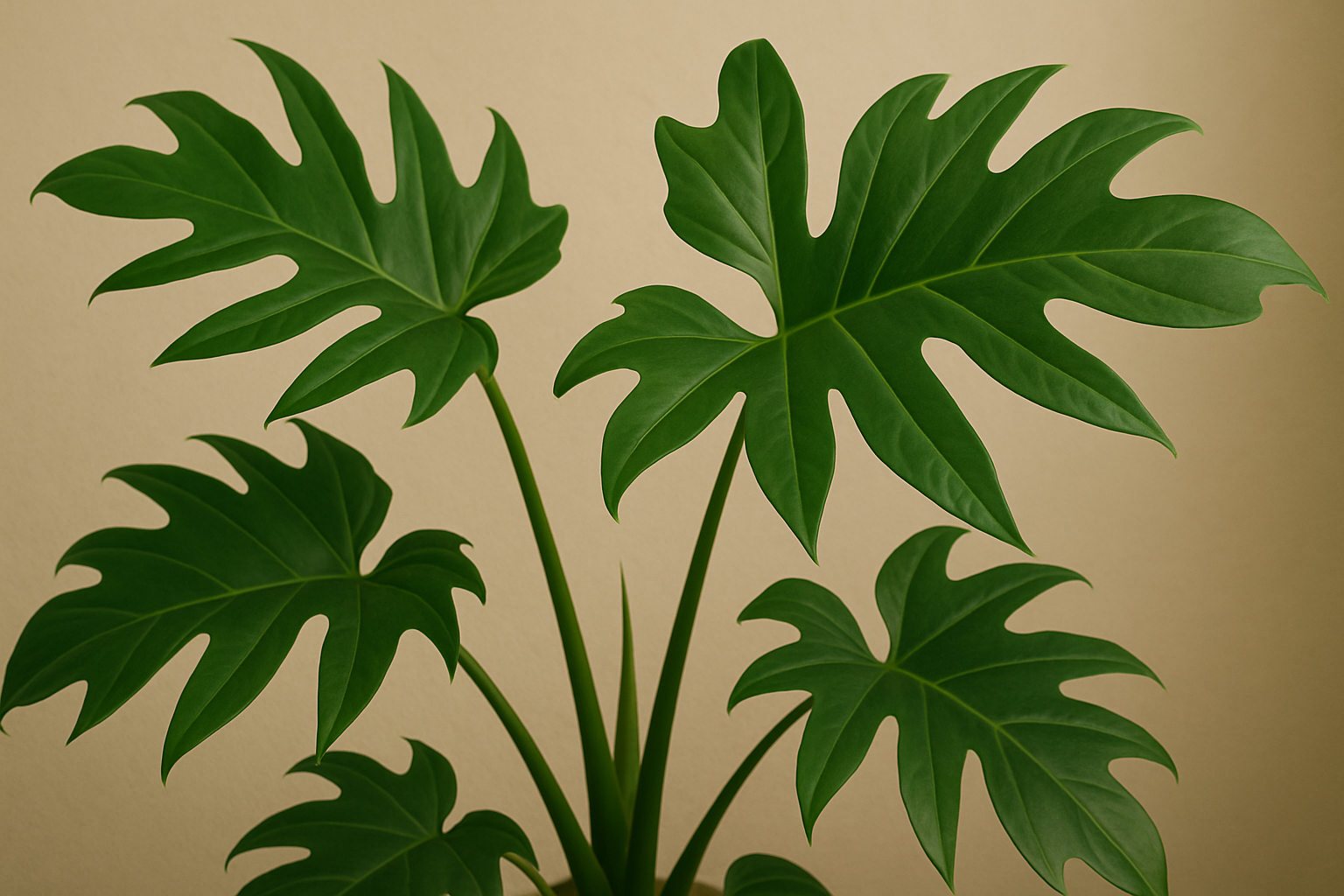
Both the heartleaf philodendron (trailing) and philodendron 'Congo' (upright) varieties adapt well to low light. Their glossy, heart-shaped leaves add a tropical touch to any space.
Care tip: Philodendrons prefer to dry out slightly between waterings. Yellow leaves often indicate overwatering.
8. Spider Plant (Chlorophytum comosum)
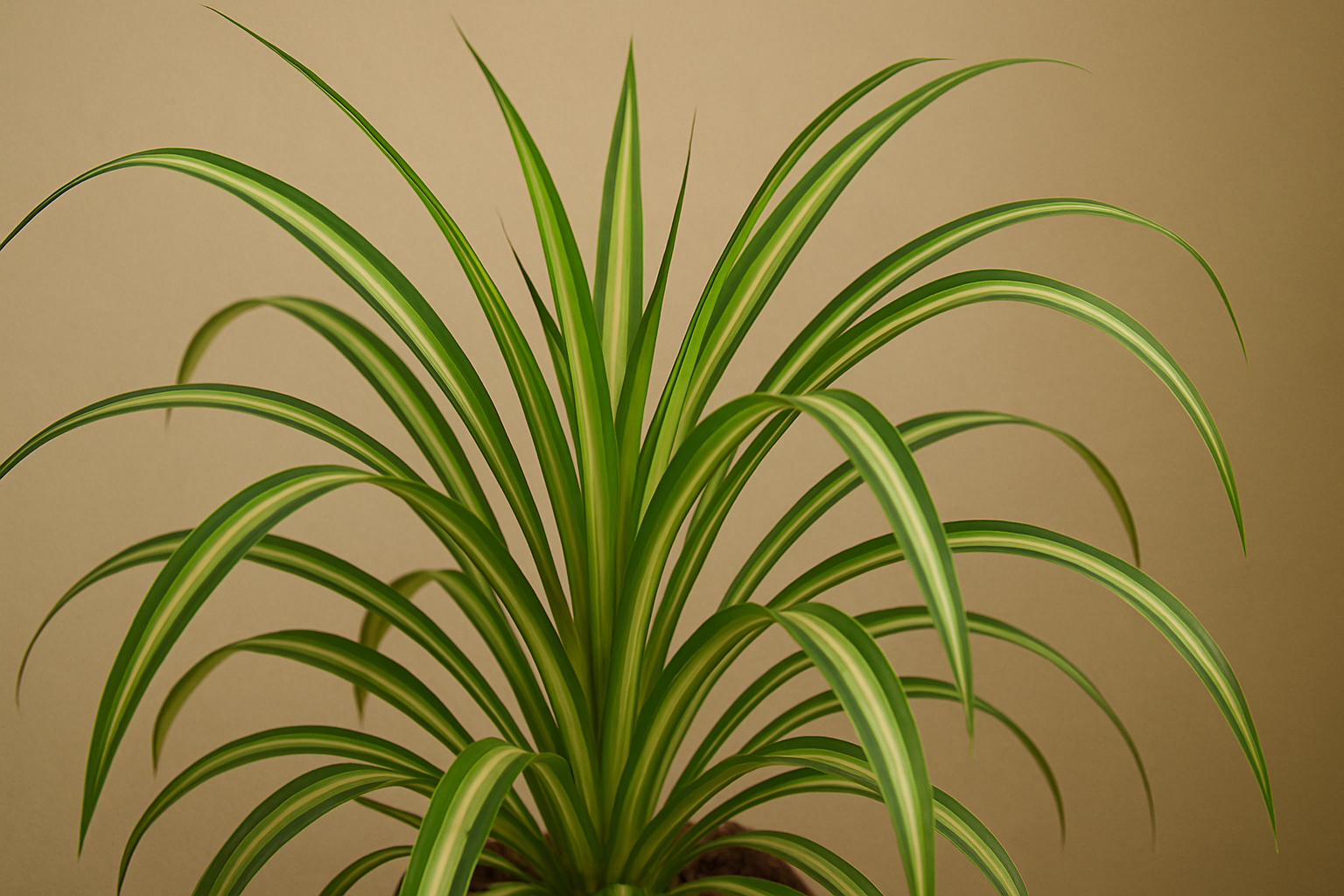
The spider plant's arching, variegated leaves and dangling "babies" make it a fun and interactive houseplant. While it prefers bright, indirect light, it adapts well to lower light conditions.
Care tip: Spider plants like to dry out between waterings. They're sensitive to fluoride in tap water, so consider using filtered water if your tap water is heavily treated.
9. Dracaena
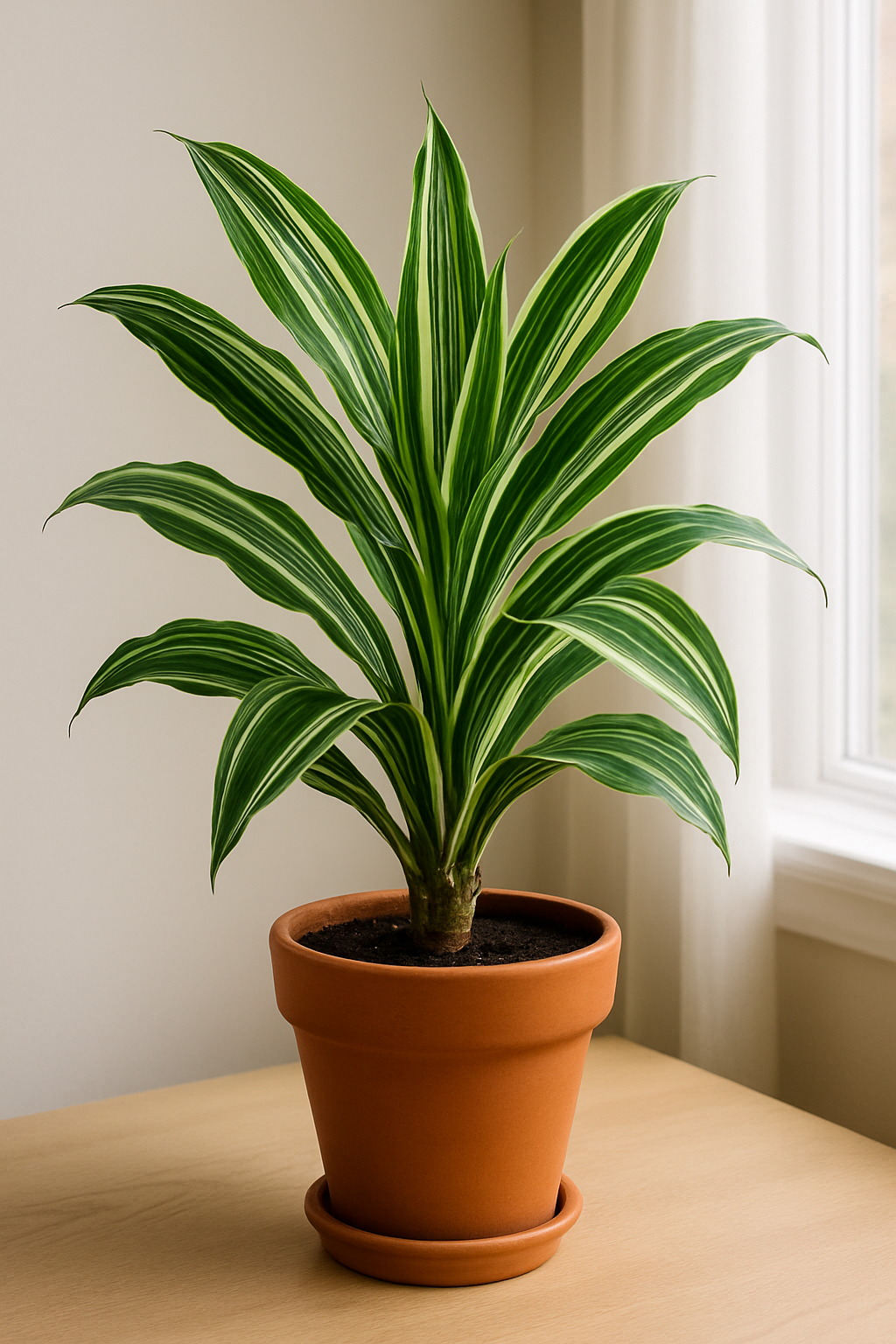
Dracaena varieties like the corn plant (D. fragrans), dragon tree (D. marginata), and lucky bamboo (D. sanderiana) all tolerate low light well. Their structural form and often variegated foliage make them striking additions to any room.
Care tip: Dracaenas are sensitive to fluoride and other chemicals in tap water, which can cause brown leaf tips. Use filtered water if possible.
10. Parlor Palm (Chamaedorea elegans)
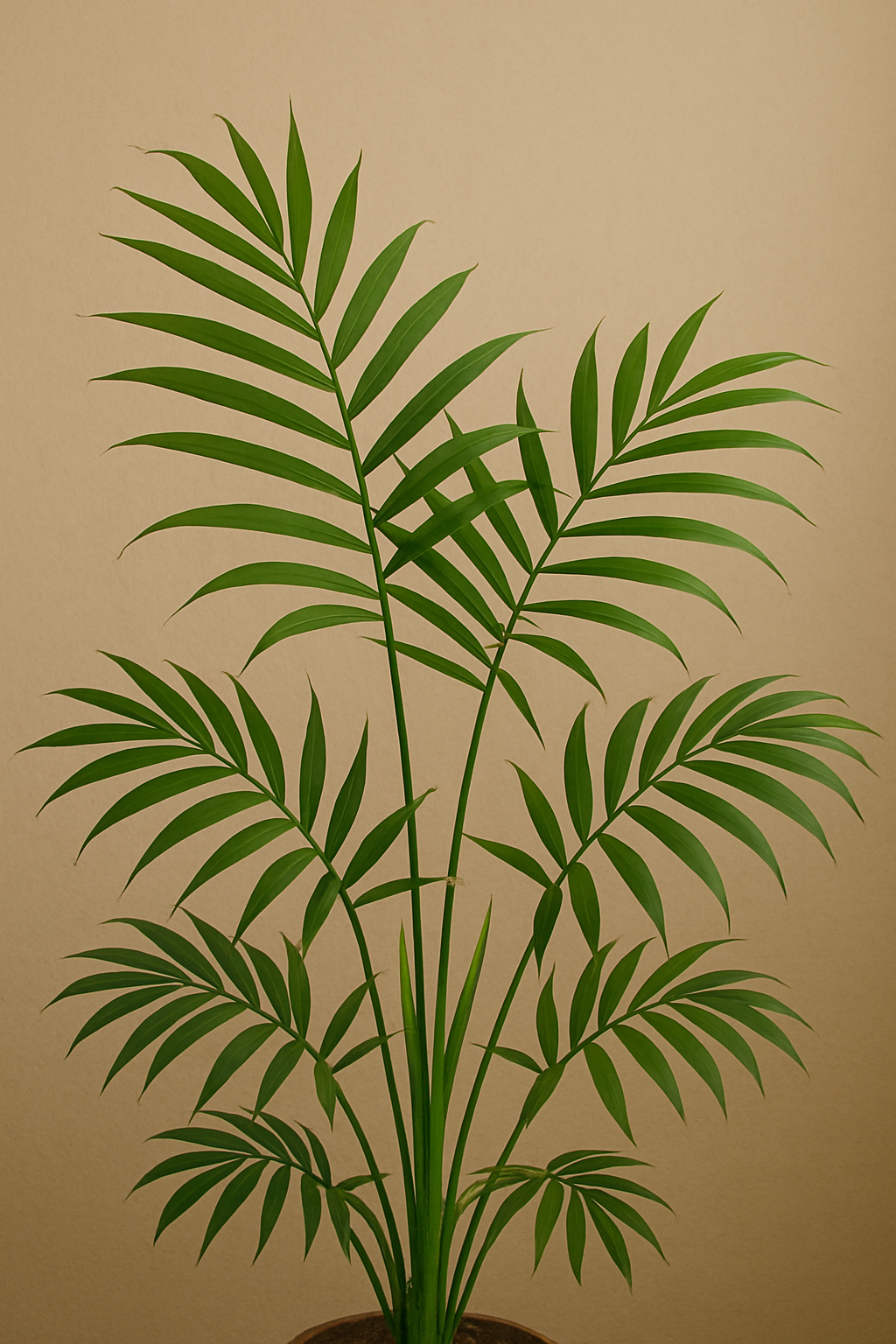
This dainty palm brings a touch of the tropics to low-light spaces. Growing to a manageable 2-4 feet indoors, it's perfect for adding some height and texture to your plant collection.
Care tip: Keep the soil lightly moist and provide some humidity by misting or placing on a pebble tray with water.
Tips for Success with Low-Light Plants
- Rotate your plants: Even in low light, turning your plants regularly ensures all sides get equal light exposure, preventing lopsided growth.
- Clean the leaves: Dust can block what little light your plants are getting. Wipe leaves gently with a damp cloth every few weeks.
- Adjust watering: Plants in low light generally grow more slowly and use less water. Be careful not to overwater, as this is the most common cause of houseplant death.
- Skip the fertilizer: Low-light plants grow more slowly and need less fertilizer. During the growing season (spring and summer), fertilize at half the recommended strength, and skip fertilizing altogether in fall and winter.
When to Consider Grow Lights
If your space is extremely dark (no natural light at all), even these tough plants might struggle. In that case, consider supplementing with grow lights. Modern LED grow lights are energy-efficient and can be quite stylish, fitting seamlessly into your decor.
Just because your apartment doesn't get much natural light doesn't mean you can't enjoy the benefits of houseplants. With these low-light tolerant varieties, you can create your own indoor jungle in even the dimmest of spaces. Remember that all plants are living things that adapt to their environments—give them time to adjust to your specific conditions, and don't be afraid to experiment until you find what works best for your space and lifestyle.
